Autumn Foliage
Click on image for full size
Image courtesy of Corel Photography
Kingdom Plantae
Though not the largest kingdom, with a mere 300,000 species catalogued, many might argue that the Kingdom Plantae just may be the most important group of living organisms.
In the process known as "photosynthesis", plants use the energy of the Sun to convert water and carbon dioxide into simple carbohydrates (sugars) and oxygen. This single chemical reaction is the source of virtually all the oxygen in Earth's atmosphere. Also, plants are at the beginning of an energy chain which provides nearly all of the food energy required by living things. Several species of protists and bacteria are also capable of performing photosynthesis, but plants are responsible for the vast majority of it.
The ancestors of modern plants evolved in the seas nearly 700 million years ago. These primitive plants did not have many the structures we tend to associate with plants in general, such as roots, stems, and leaves. The evolution of these structures only occurred after plants appeared on land some 265 million years later. Many scientists believe that the evolution of these specialized structures and the wide variety of forms they can assume largely accounts for the success and diversity of land plants we see now.
You might also be interested in:
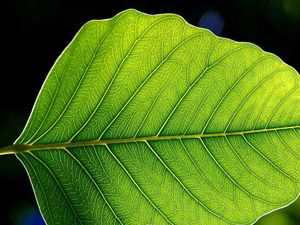
Photosynthesis is the name of the process by which autotrophs (self-feeders) convert water, carbon dioxide, and solar energy into sugars and oxygen. It is a complex chemical process by which plants and
...more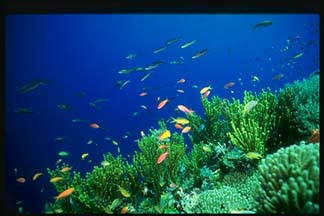
Members of the Kingdom Protista are the simplest of the eukaryotes. Protistans are an interesting assemblage of organisms classified for what they are not. Protistans lack characteristics shared by plants,
...more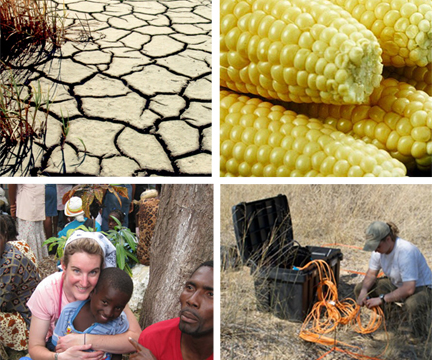
"Though we often take the plants and trees around us for granted, almost every aspect of our lives depends upon them. They feed us, cloth us, absorb carbon dioxide, provide us with oxygen, and give us
...more
This is my 10th year with the Anchorage School District as a science teacher, currently working with K-12 teachers around the district rather than in a classroom. My most recent classroom time was as a
...more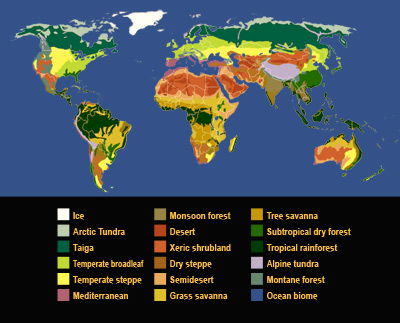
Biomes are large regions of the world with similar plants, animals, and other living things that are adapted to the climate and other conditions. Explore the links below to learn more about some of the
...more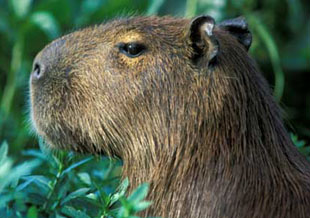
"The Pantanal has the greatest concentration of fauna in the Americas. People outside Brazil know only the Amazon. . . it's a shame because the Pantanal is a very important ecological place." -- Dr. Maria
...more
Organisms that are able to make their own food (in the form of sugars) by using the energy of the Sun are called autotrophs, meaning "self-feeders". Photosynthesis is the name of the process through which
...more















